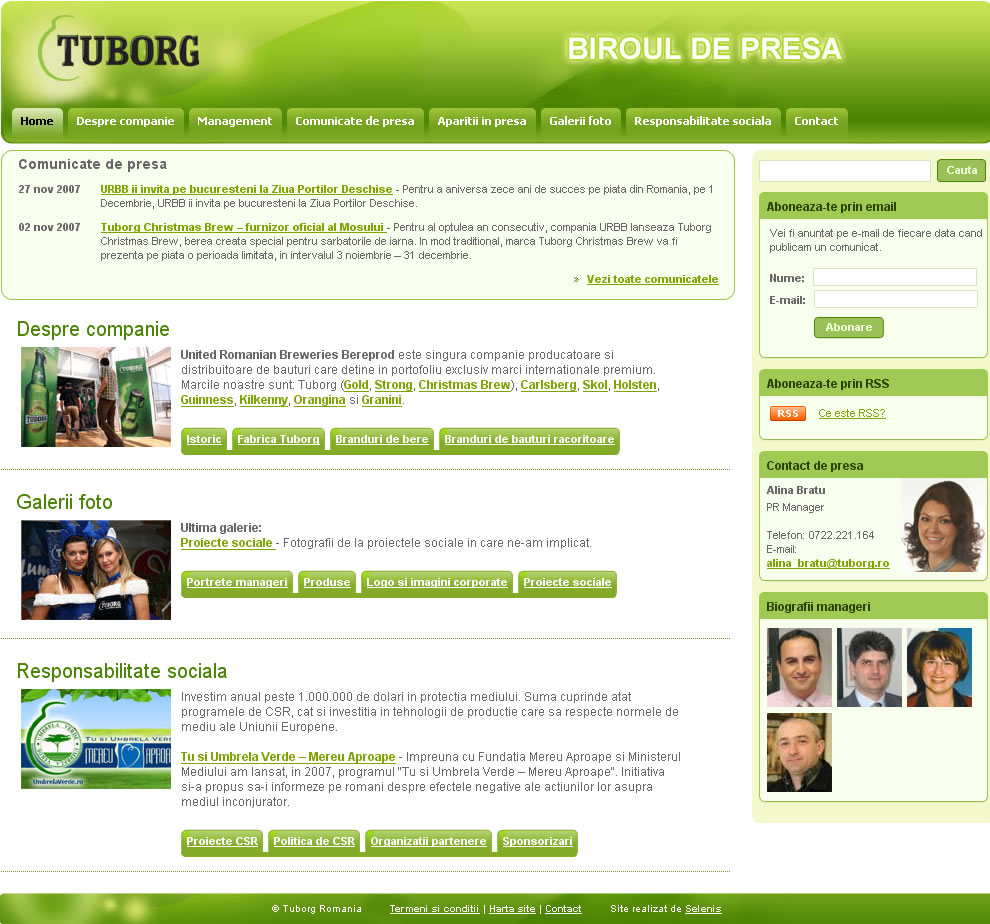In dealing with journalists and editors consider 2 things: your credibility as a source and the short time span they have for their tasks. You should also know they do most of their research on the internet. The conclusion: what journalists find on your corporate PR website determines the quantity and quality of your company or brand media coverage.
There are many studies about the internet’s impact on PR activity. Recently, we at Selenis also did a 5 months study, asking business editors what they like or dislike about corporate PR websites.
The most important reasons they enter a corporate PR website are to find:
- the names and contacts of the PR people
- basic information about the company (managers’ names and details, headquarters etc.)
- financial data and results
- statements about important events
- downloadable photos for their articles
Considering the above, here are 7 recommendations to optimize your corporate PR website in order to earn the journalists’ trust:
1. Publish the contacts of the PR person
It’s the main reason journalists land on your website. So make sure you have a media person who doesn’t mind being bothered by them. See that they can easily find:
- full name and the exact role in the PR department;
- direct phone number (not the company’s gatekeeper);
- personal email address (not a generic address like “office@” or “PR@”);
2. Make the company profile easy to find and understand
Like any internet user, journalists are in a hurry and seek texts in plain language. So make sure all the important company information can be found in a single place and are written only in non-technical words.
A company profile should include:
- field of activity, main products or services provided to customers
- company size (number of employee, subsidiaries, markets)
- short company history and important achievements
- financial data (at least: revenue, profit and, for specific markets, company investments)
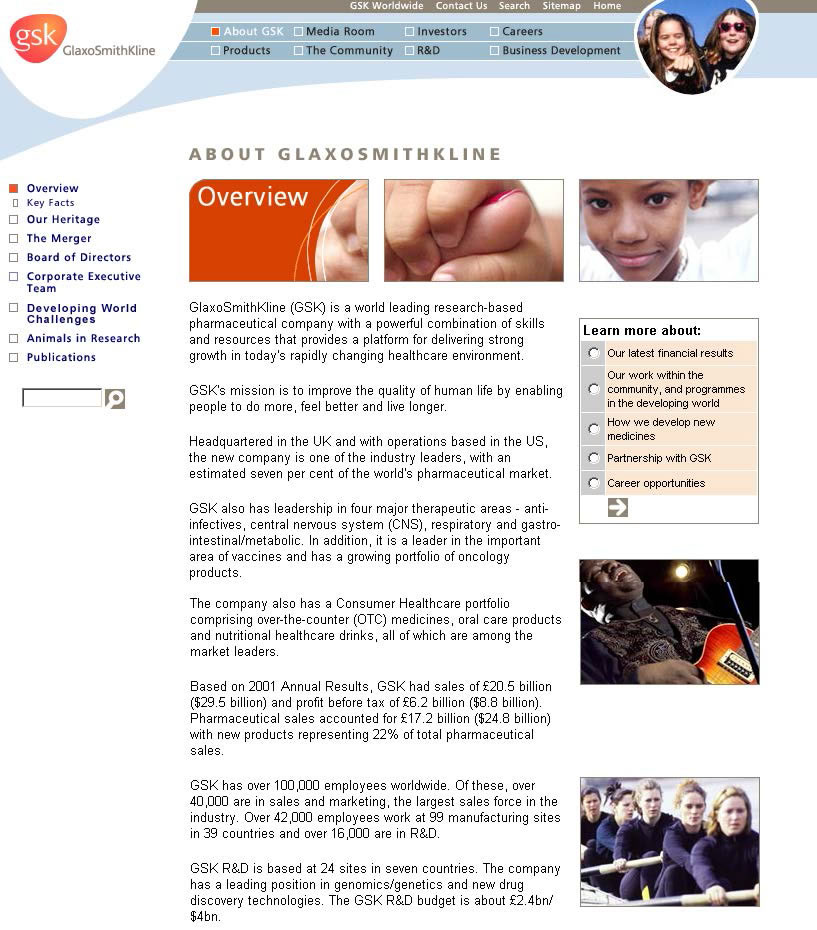
3. Publish information about the top management
This information is useful for journalists because they:
- find out how to correctly spell the names of top managers (especially when they are foreigners)
- determine if and who should they interview for specific topics (environment, HR, operations)
- find out background information about each top manager (previous positions, fields of expertise, education, professional training or hobbies)
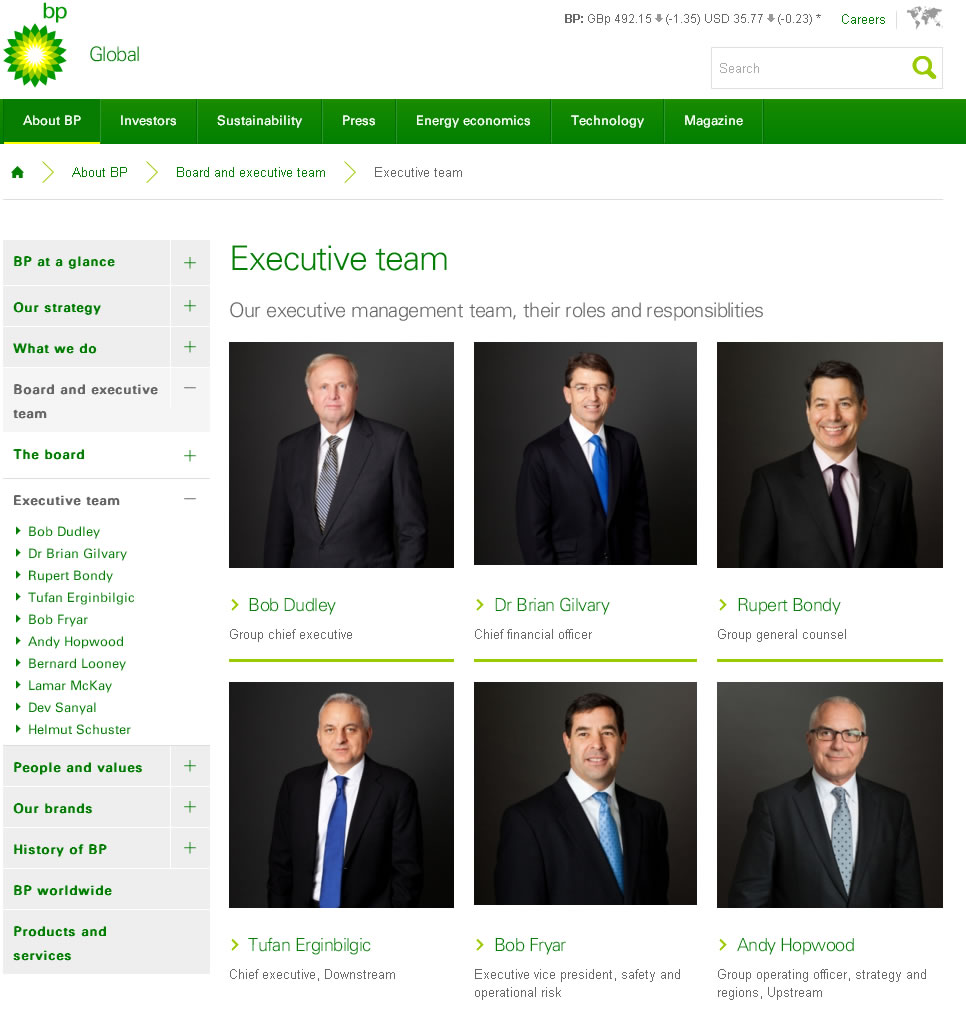
4. Publish fully documented press releases
When journalists sense a media “vibe” about a company, the first thing they do is to search for the original press release on the company PR website. In order to decide whether it’s an interesting story they seek:
- background information about a new launched product/service or campaign
- the explanations behind an important financial communication or event
- the person who they can interview on the press release’s topic
Display the releases in chronological order and group them by year, month or category.
5. Show relevant media coverage of your company
Journalists and editors trust more what their colleagues already wrote about the company than what the company has to say. They will search for other media mentions of a topic, whether you like it or not.
This is why you can win their trust if you provide a balanced overview of media coverage right on your corporate PR website. That is the only place where you can make your arguments heard, in the case of a negative coverage of your company.
For each media mention of your brand include:
- the name of the editor that wrote the specific media clip
- the link to the original media, where this is possible
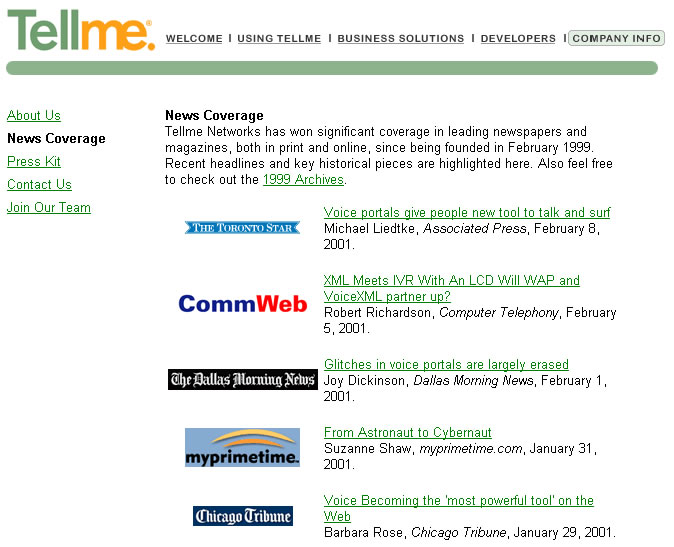
6. Provide high-quality photos
Working to tight deadlines makes journalists ask “do you have a photo to illustrate my report on your company? ” whether is 5AM or 11 PM.
So make you sure you publish high-quality photo galleries both for a specific press-kit and for generic use (logo, product or facility images, top managers’ photo etc.).
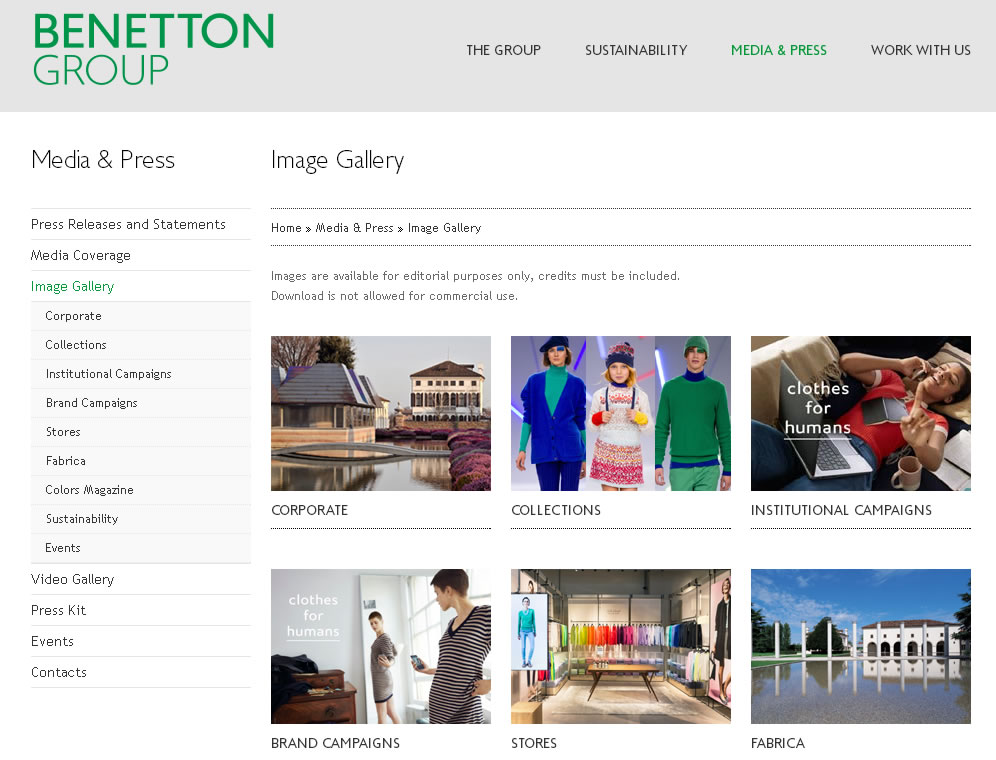
7. Write about your company’s CSR policy and social projects
Corporate Social Responsibility (CSR) information that can be found on your corporate PR website can change journalists’ perception about your company.
Take a look below at how a journalist speaks about Wall-Mart before and after he visits the company PR website, in a usability study conducted by Jakob Nielsen (“Designing Websites to Maximize Press Relations”, 3rd edition):
Before: “I think of Wall-Mart as an empire of evil who occupies the streets and squares of our quiet towns”.
After: “Well, I wasn’t aware of a Wall-Mart Foundation. 163 billion donated to communities is not a small sum. I’m impressed”
In the end, think of putting these 7 recommendations into a check-list. Benchmark your corporate PR website against it and make the necessary adjustments.
After a while ask journalists if they visited your website lately and how easy was for them to find information. I’m sure you’ll get a good feedback. It will mean your corporate PR website has become a trusted source for them. A source that will bring you more positive coverage from their part.
Further reading
Usability studies for corporate PR websites conducted by Jakob Nielsen:
- “Designing Websites to Maximize Press Relations”, 3rd edition
- “Presenting Company Information on Corporate Websites and in About Us Sections”, 2nd edition
